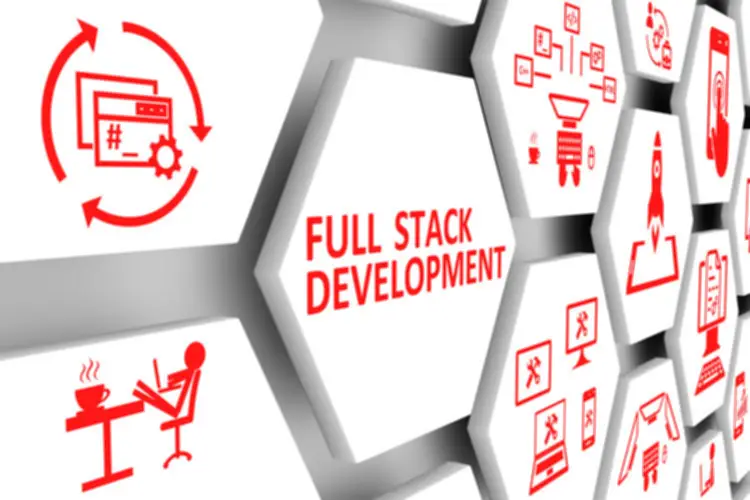Unlike verification testing, validation testing always what is verification requires executing code. It entails varied forms of software program testing, similar to unit exams, integration exams, regression checks, cross browser and cross gadget testing, and extra. Unlike useful testing, which verifies if the software program meets the functional requirements, non-functional testing evaluates aspects similar to performance, reliability, usability, safety, and compatibility.
Verification: Ensuring The Product Is Built Right
However, for the scope of this text, we’ll be studying about the differences and similarities between verification and validation in the software program development course of. Verification ensures the software https://www.globalcloudteam.com/ is being constructed based on its design and specs, whereas Validation ensures the final product works as intended for customers. Both verification and validation are crucial parts of software high quality assurance and are important for delivering reliable and high-quality software program merchandise. This course of helps verify that the system is designed accurately and features as supposed, making sure that each one elements—software, hardware, documentation, and staff practices—are error-free and meet the mandatory requirements. Different project management and software growth methods use verification and validation in several ways. For instance, both verification and validation occur simultaneously in agile improvement methodology as a end result of want for continuous refinement of the system primarily based on the end-user suggestions.
- Here are the several types of performance exams involved within the validation process.
- Validation in software testing is the method of ensuring that a product meets specified necessities and satisfies buyer wants.
- Verification involves the evaluation of documents, design, and code to verify that each one the project requirements are met.
- The code for any software program utility is written based mostly on the specs document.
- Apidog is a powerful API testing and monitoring tool that empowers our clients to ensure the accuracy and reliability of their APIs throughout varied environments, together with growth, pre-production, and manufacturing.
Distinction Between Verification And Validation In Software Program Engineering
These checks could probably be one thing so easy as reading the specs and comparing them in opposition to the code logic to make sure they line up. The verification course of will include activities like code reviews, walkthroughs, inspections but little, if any, precise testing. Code verification is a process of checking the code for its completeness, correctness, and consistency.
Test Plan Vs Take A Look At Case: Core Differences

To improve or optimize the validation course of in software testing, you need to observe a few of its greatest practices, that are explained under. In the following part of this weblog on verification vs validation, we’ll see the best practices to observe when using the validation process. In the next part of this weblog on verification vs validation, we are going to cover completely different testing varieties concerned within the validation course of. For occasion, they’d test if a specific function, like a “Proceed to Payment” button, works completely on completely different browsers like Google Chrome on a Samsung Galaxy A23 device and Safari on an iPhone thirteen.

Step 5: Confirm And Validate Necessities
There are several benefits of the validation process in software program testing. Some of these include enhanced bug detection, identification of specification inadequacies, alignment with buyer calls for, and verification of cross browser compatibility. Knowing the differences between verification vs validation is essential for all professionals involved in software program development to implement correct strategies and fix errors all through the Software Development Life Cycle.

Verification Vs Validation: Understanding The Key Variations
It’s important to run verification tests at every stage earlier than implementing any new characteristic in the development process. World’s first end to end software program testing agent built on fashionable LLM that can help you create, debug and evolve E2E tests utilizing natural language. In validation, good protection means writing exams that validate each a part of the product extensively. You ought to take a look at at totally different ranges, including unit testing, integration testing, and system testing.

What’s Verification In Software Testing?
In the next section of this blog on verification vs validation, we’ll explore when to use the validation process. If you wish to confirm software artifacts and enhance software program quality and reliability successfully, you should follow some greatest practices. The subsequent part of this blog on verification vs validation discusses methodologies of the verification process. Although these terms may seem synonymous, they characterize distinct phases within the Software Development Life Cycle. Thus, figuring out the distinction between verification vs validation can additionally be necessary.

Both processes are essential for delivering a reliable, high-quality product. Together, they provide a comprehensive high quality assurance technique, helping to minimize defects and ensure user satisfaction. Validation helps ensure the product is match to be used and delivers value to the top person. By validating the software, you’ll find a way to confirm it solves the problem it was designed to handle, lowering the danger of delivering a product that doesn’t meet expectations.
As mentioned, verification is the method of figuring out if the software in query is designed and developed based on specified requirements. The code for any software program utility is written primarily based on the specifications doc. Validation in software program testing is the process of guaranteeing that a product meets specified necessities and satisfies buyer wants.
It primarily addresses the dynamic elements of the software utility, like efficiency, functionality, and consumer interplay. Unlike the verification methodology, it doesn’t validate the static parts of the software program application, like code or design. In simpler phrases, verification testing includes checking whether or not a system or element meets the requirements and specifications set for it, making certain that it is constructed accurately based on the defined standards.
